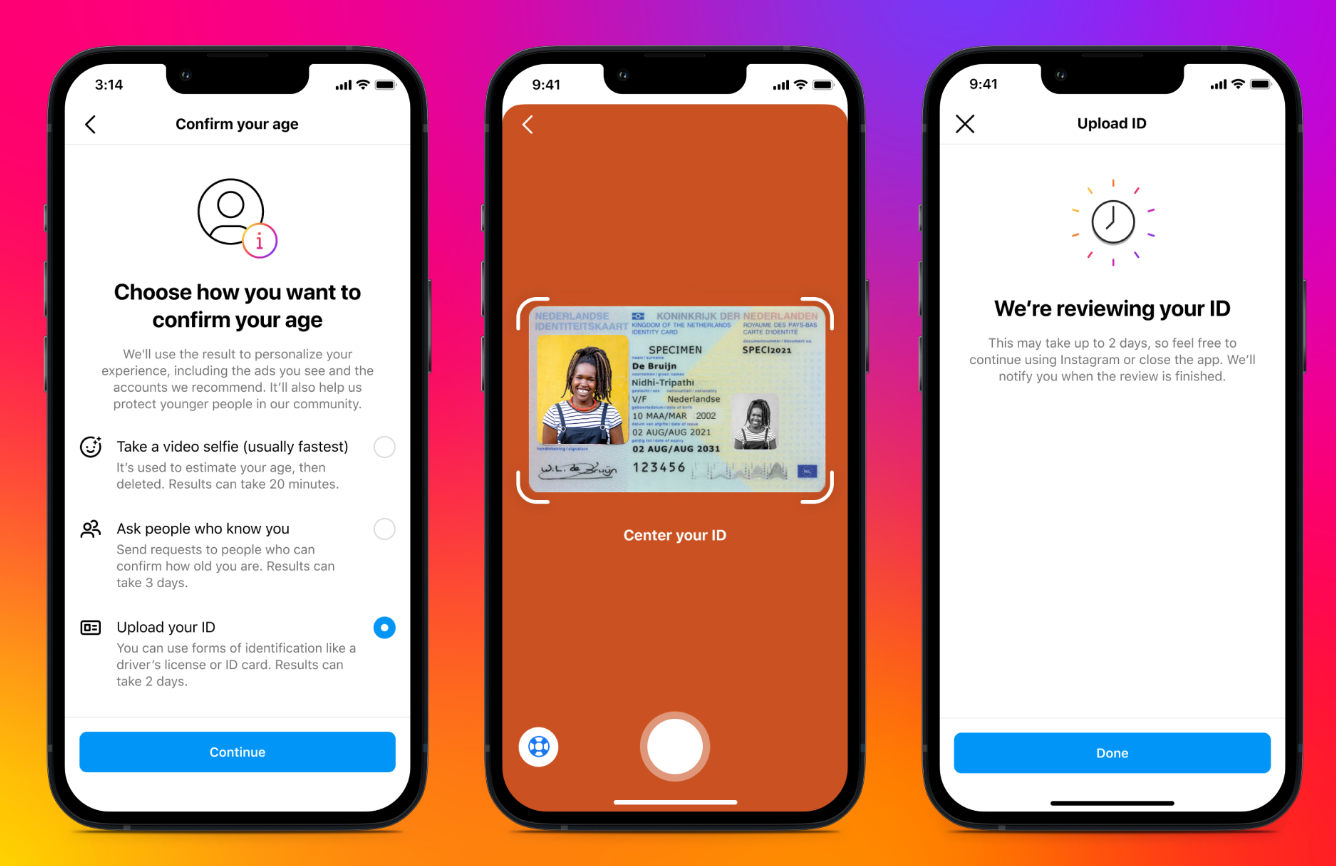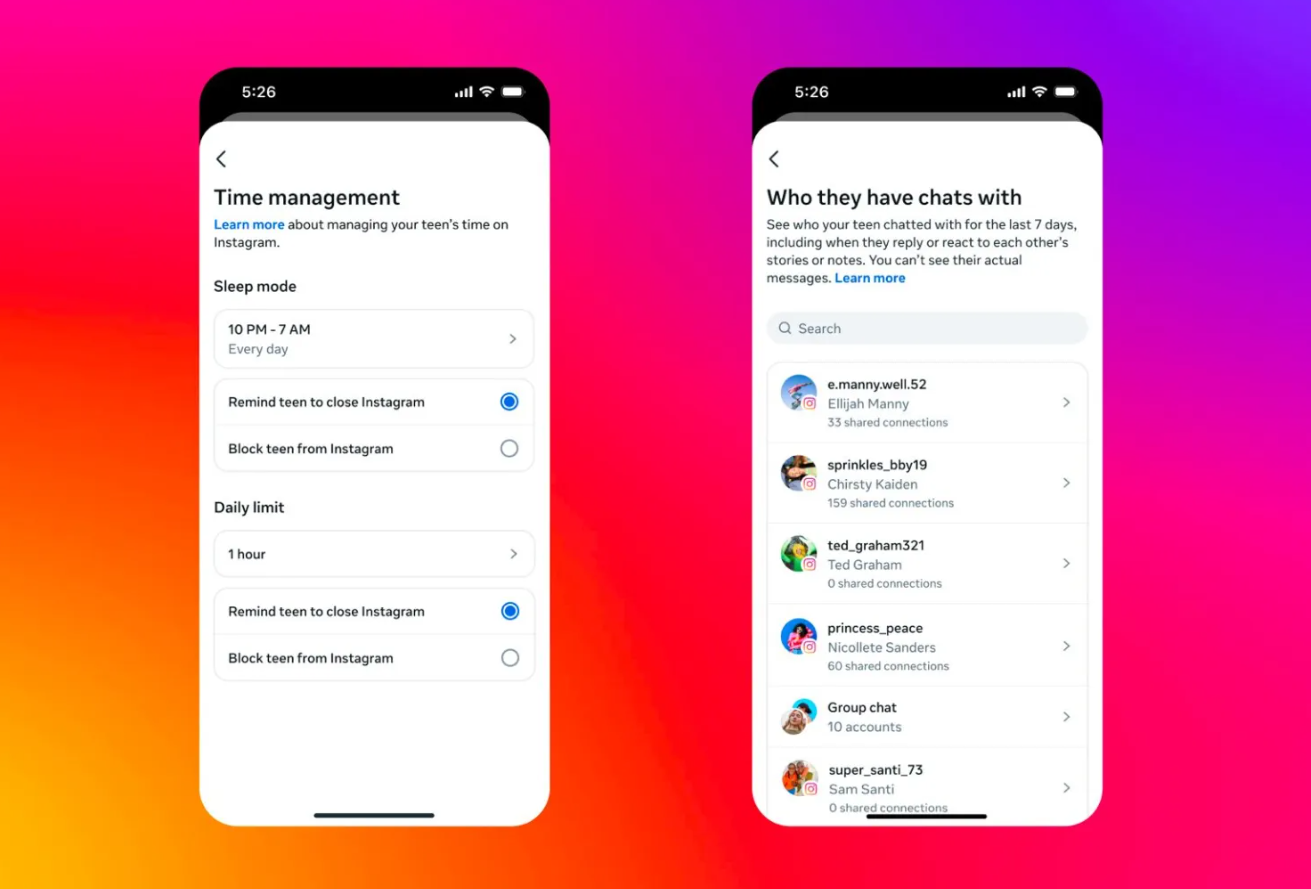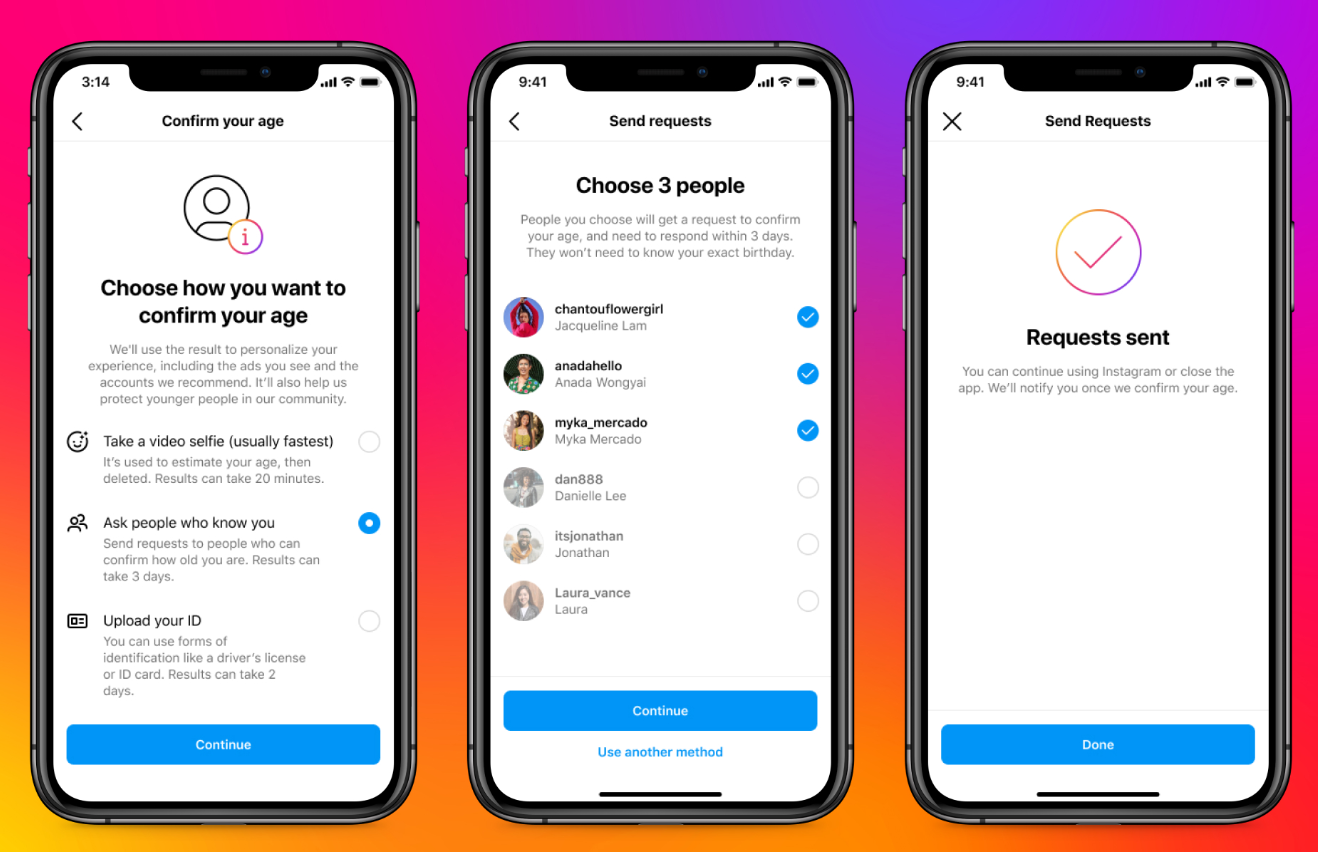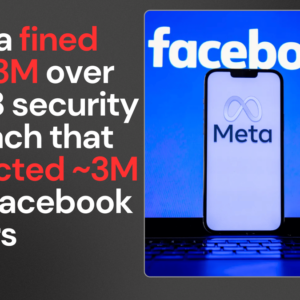Instagram’s Latest Safety Measures: Enhanced AI Age Checking and Parent Tools
Have you ever wondered how social media platforms like Instagram determine if a user is actually the age they claim to be? With over 1.4 billion users worldwide and countless young people trying to access content meant for adults, Instagram has been tackling this challenge head-on. As of April 2025, Instagram has significantly expanded its AI-powered age verification system and introduced new tools for parents – but what does this mean for users and their privacy?

How Instagram’s AI Age-Checking Technology Works
Instagram’s expanded AI age verification system uses a sophisticated combination of technologies to determine if users are honestly representing their age. When the system flags a potential age discrepancy, users are prompted to verify their age through one of three methods: uploading an ID, recording a video selfie, or asking mutual friends to confirm their age. The video selfie option utilizes advanced facial analysis AI that estimates age based on facial features and development patterns, without storing the actual image data permanently.
The technology examines dozens of facial markers that typically change as we age, such as bone structure, skin texture, and facial proportions. According to Instagram’s development team, their AI models have been trained on diverse datasets to ensure accuracy across different ethnicities, genders, and appearance types, achieving an impressive 96% accuracy rate in recent tests.
New Features in Instagram’s Parent Prompts
Along with expanded age verification, Instagram has introduced a suite of enhanced parental supervision tools. The new “Parent Prompts” feature sends notifications to parents when their teen’s account activities suggest potential risks. These prompts are triggered by various behaviors, including excessive late-night usage, interactions with accounts flagged for inappropriate content, or sudden changes in privacy settings.
Parents can now also set “content boundaries” that filter what their teens can view, receive weekly activity reports, and get notified when their teen reports an account or post. The Teen Account Hub gives parents a centralized dashboard to manage these settings across all Meta platforms including Instagram, Facebook, and WhatsApp.

SOURCE: META
Privacy Implications of Expanded AI Age Checking
While improved safety measures are welcome, many privacy advocates have raised concerns about the expanded data collection necessitated by these verification systems. Instagram claims that facial analysis data from video selfies is deleted after age is verified, and ID information is encrypted and not visible to other users. However, the system does create additional data points linked to user accounts.
Instagram has attempted to address these concerns by implementing privacy-by-design principles, including data minimization and purpose limitation. Users are also given clear notifications about how their verification data will be used and when it will be deleted. Nevertheless, the expanded age verification system represents an increase in algorithmic decision-making that users have limited ability to challenge.
Impact on Young Users
For teen users, these changes mean a more age-appropriate experience, with algorithms now programmed to show less sensitive content to verified younger users and automatically setting teenage accounts to private by default. Instagram reports that since beginning the initial rollout in January 2025, they’ve verified the ages of over 50 million users and identified approximately 3 million accounts with age misrepresentations.
For parents, these tools offer unprecedented visibility into their children’s online activities, potentially opening critical conversations about digital citizenship and online safety. However, tech-savvy teens will likely continue finding workarounds, highlighting that technology alone cannot replace ongoing parent-child communication about responsible social media use.

SOURCE : META
As Instagram continues to refine these tools throughout 2025, finding the balance between safety, privacy, and user autonomy remains the ultimate challenge. What’s clear is that age verification and parental controls are becoming standard features across social platforms, representing a significant shift in how young people experience social media.












